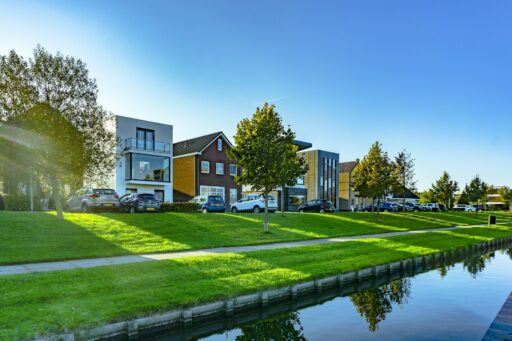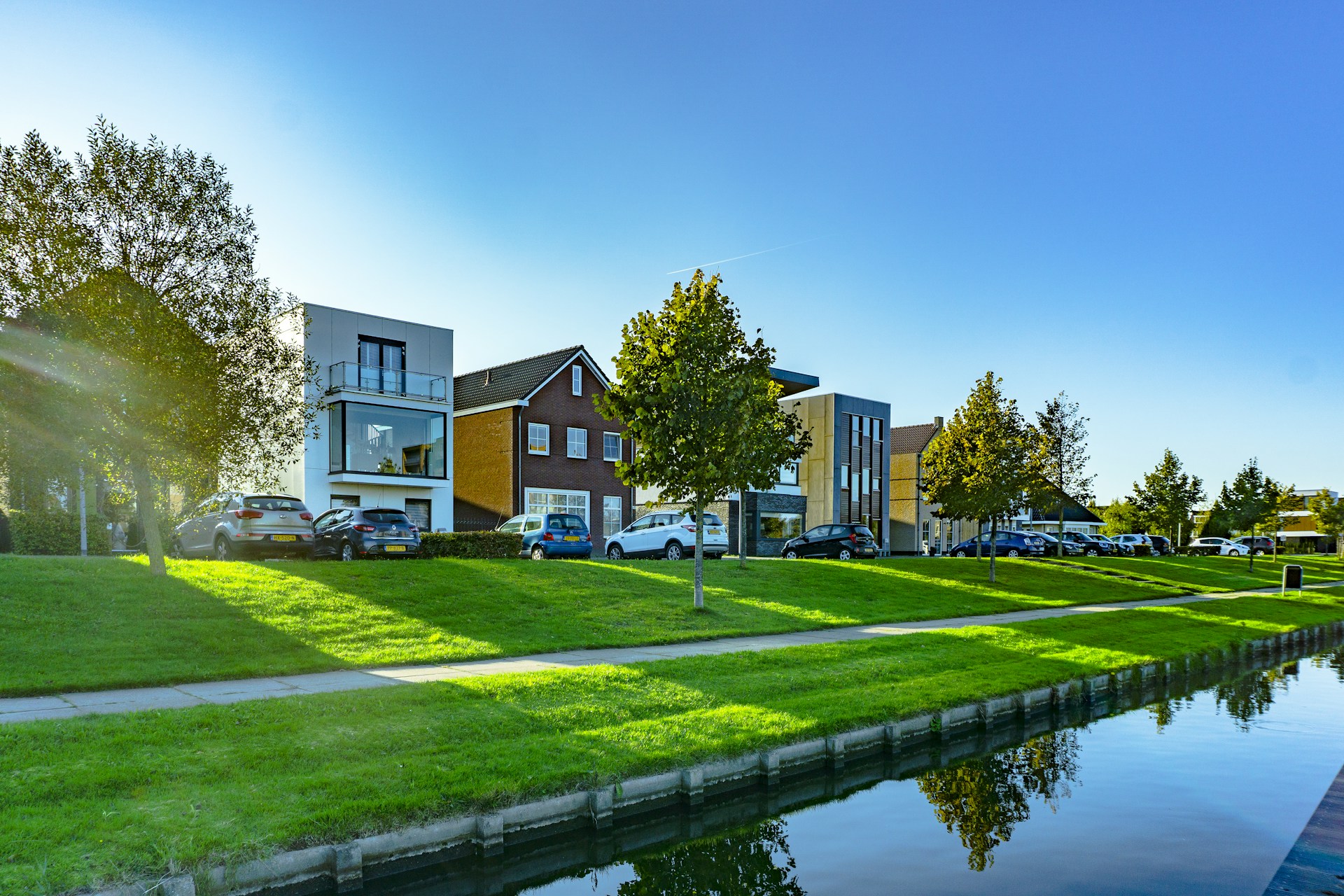Investing in real estate can be one of the most rewarding financial decisions, but it requires careful consideration. Not all properties provide the same potential for growth, and choosing the wrong investment can be costly. Whether you are a seasoned investor or looking to buy your first rental property, it is important to know what makes a property a smart investment in your city. From location to historical value trends, several indicators can help guide your decision.
Right Neighborhood
The neighborhood where a property is located is one of the biggest factors influencing long-term value and rental potential. Proximity to schools, shopping centers, public transportation, parks, and employment hubs makes a property more desirable, while low crime rates, engaged communities, and upcoming infrastructure projects point to stronger appreciation over time. Before committing, it’s a good idea to do a property search by address, which provides insights into ownership history, local demographics, nearby amenities, and neighborhood statistics. This type of data helps you evaluate demand, compare areas, and choose locations that offer the best potential for growth and rental stability.
Strong Rental Demand
If your goal is to generate rental income, it is important to understand the demand for rental properties in a neighborhood. Look for areas with a mix of young professionals, families, and students, as these groups often contribute to stable rental markets. High occupancy rates and low turnover are signs of a healthy rental environment, which can translate to consistent cash flow. Also, consider the local rental prices compared to the property’s cost to ensure a positive return on investment.
Property Condition and Maintenance
A property’s current state can make or break your investment. While some investors prefer fixer-uppers to maximize long-term returns, it’s important to weigh renovation costs against potential gains. Properties with outdated systems, structural issues, or deferred maintenance may require significant investment before becoming profitable. Conversely, well-maintained properties or those with recent upgrades may offer higher rental income immediately and lower unexpected repair costs. Inspecting electrical systems, plumbing, roofing, and HVAC units before purchase is always a wise step.
Historical Property Values
Analyzing past property values in a neighborhood provides insight into future growth potential. Areas with steadily increasing home values indicate strong demand and appreciation, which makes them attractive for investment. Avoid locations with volatile price swings unless you are prepared for higher risk. Historical data, including past sale prices and property improvements, can also indicate how well properties in the area retain or increase their value over time.
Potential for Appreciation
Beyond current conditions and rental income, the potential for appreciation is a key factor in identifying a good investment property. Factors that contribute to future value increases include urban development plans, new transportation links, business growth, and government investment in infrastructure. A property located in an up-and-coming neighborhood may offer a lower purchase price initially, but higher returns over time as the area develops.
Low Property Taxes and Operating Costs
Investment properties come with ongoing expenses, including property taxes, insurance, maintenance, and utilities. A good investment property is one where these costs are manageable relative to potential income. Understanding property tax records, past assessments, and any exemptions available can help you calculate the long-term affordability of your investment. Properties with unexpectedly high taxes or maintenance costs can quickly erode your returns, even if rental demand is high.
Flexibility and Versatility
Properties that can serve multiple purposes or adapt to market changes tend to be better long-term investments. Single-family homes, multi-family units, and mixed-use properties all offer different advantages depending on your investment strategy. Look for properties that allow for upgrades, expansions, or conversions to increase value. Flexibility ensures you can adjust your approach based on shifts in market demand, rental rates, or neighborhood trends.
Financial Health of the Property
A thorough analysis of financial aspects such as liens, outstanding loans, and foreclosure history is crucial. Properties free of legal complications, unpaid taxes, or significant liens reduce risk and simplify the ownership process. Tools that provide access to deed records, loan histories, and foreclosure reports can help investors identify potential red flags early on. Assessing these financial aspects ensures you avoid costly surprises after purchase.
Exit Strategy and Market Liquidity
Lastly, consider your exit strategy before committing to an investment. A good investment property should be easy to sell or lease if market conditions change. Areas with high demand and consistent property sales tend to offer better liquidity. Properties that can attract buyers quickly in various market conditions provide peace of mind and protect your capital.
Conclusion
Identifying a good investment property in your city requires a combination of location analysis, financial insight, property condition, and market research. By leveraging tools that provide comprehensive property and neighborhood data, evaluating rental potential, and considering long-term appreciation, investors can make informed decisions that maximize returns while minimizing risks. The best investment properties are those that balance immediate income potential with sustainable growth, ultimately creating a secure and profitable real estate portfolio.







